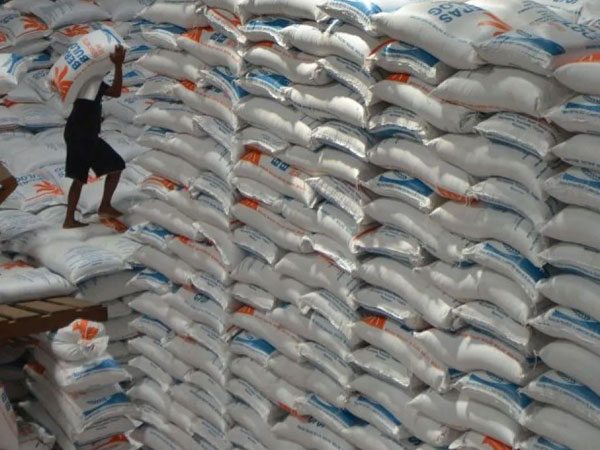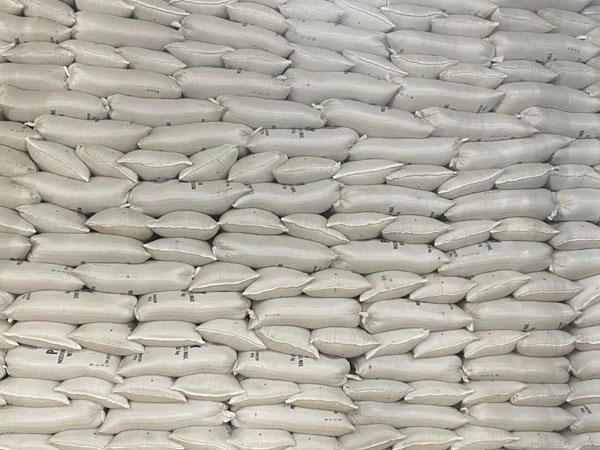IMPORTED rice arrivals reached 2.8 million metric tons (MMT) as of end-August before the government’s scheduled temporary ban took effect on September 1.
Figures from the Bureau of Plant Industry (BPI) showed that 2.83 MMT of rice shipments have entered the country as of August 28.
Of the volume that arrived in the Philippines, BPI data showed that 2.23 MMT came from Vietnam, which remains the country’s top supplier. Myanmar trailed behind as it accounted for 330,920.33 MT.
The Philippines also received rice stocks from other countries, such as Thailand (162,788.26 MT), Pakistan (76,290.02 MT), and India (19,637.25 MT).
President Marcos recently issued an Executive Order suspending the imports of regular and well-milled rice, effective September 1 until October 30, 2025.
Despite this, Agriculture Assistant Secretary Arnel de Mesa said only rice shipments that left their respective countries of origin by the end of August would be allowed entry, citing an order issued by the BPI.
“The BPI will no longer issue an SPSIC [Sanitary and Phytosanitary Import Clearance] for shipments on September 1, but for those that left the country of origin before the ban began, they can still enter [until] September 15,” de Mesa said.
He added that only four ports, specifically Manila, Davao, Cagayan de Oro, and Cebu, would cater to rice imports arriving before the cutoff.
“So, if shipments left the country beyond August 31, they won’t be allowed to enter. If they ever arrive [beyond the allowable period], these will be returned to the country of origin,” de Mesa said.
The BPI approved and issued 210 SPSICs as of August 27 for the purchase of 419,102.43 MT of imported rice. Of this, 196 SPSICs were used, translating to 264,099.81 MT rice arrivals.
The government’s decision to impose a temporary ban comes as farmgate prices of palay plunged to as low as P8 per kilo in some areas. Industry sources cited the unabated entry of imported rice as the reason behind this decline.
Meanwhile, an international agency recently said the increase in the country’s rice output in the first half may not be enough to fill the anticipated demand during the Philippines’ 60-day import ban.
Figures from the Philippine Statistics Authority (PSA) showed that palay output in January to June grew by 6.41 percent to a record 9.077 MMT from the 8.53 MMT posted in the same period last year.
The United States Department of Agriculture (USDA) said the Philippines imported over 750,000 MT of rice from mid-September to mid-November in the last two years and that import demand during the import ban is pegged at the same level this year.
“While domestic rice production in the first half of 2025 increased by over 6 percent compared to last year, this growth may not fully offset the anticipated demand during the import ban,” the USDA said.














© Copyright 2025 The SSResource Media.
All rights reserved.